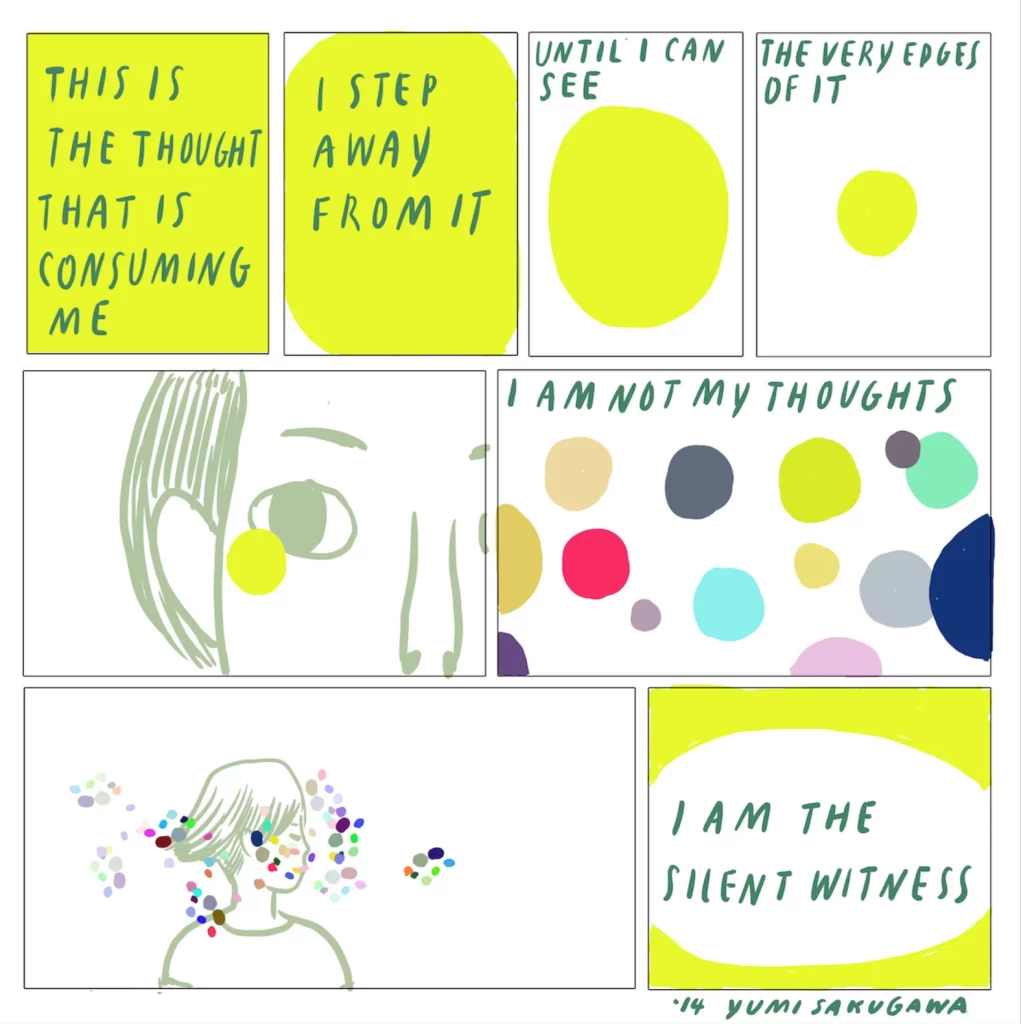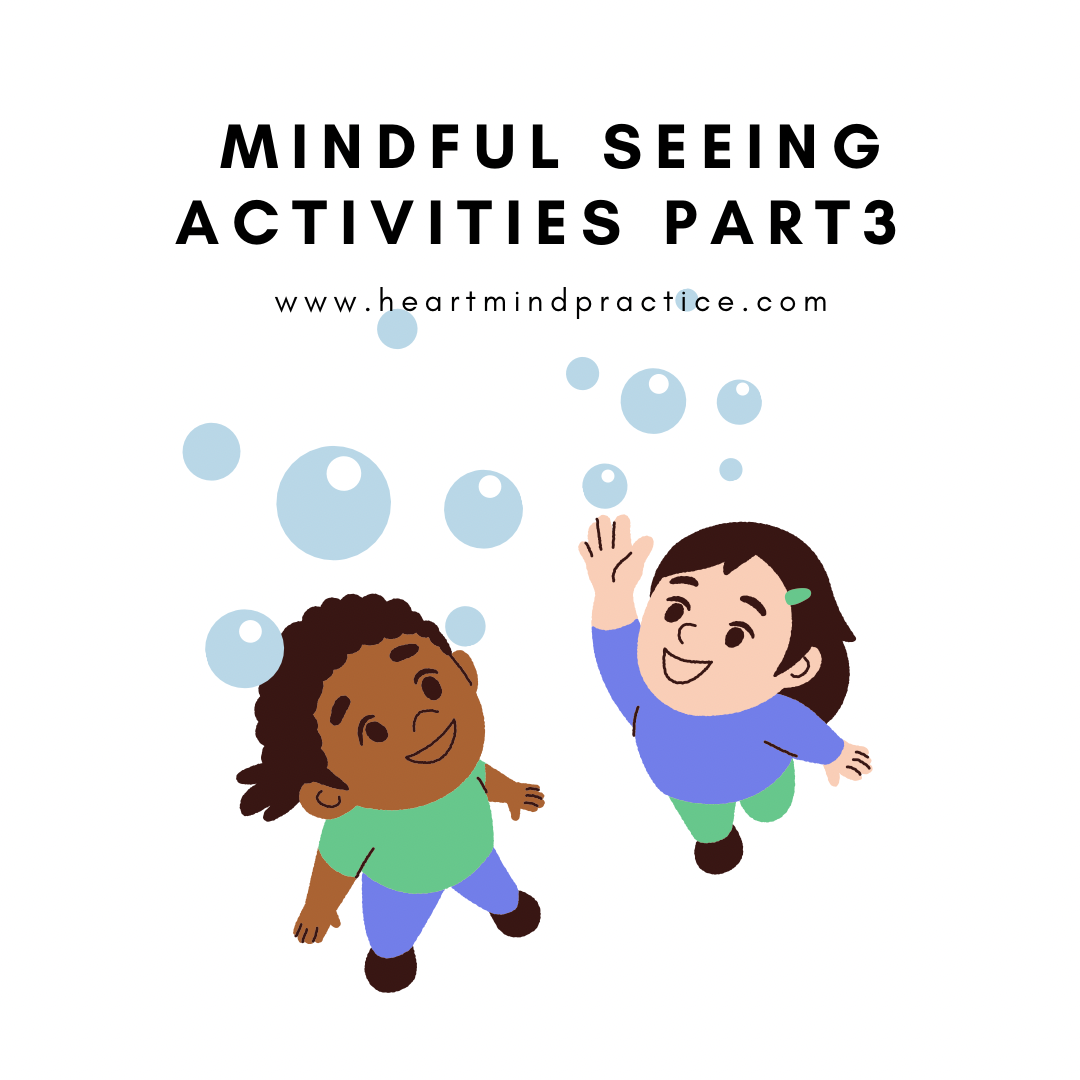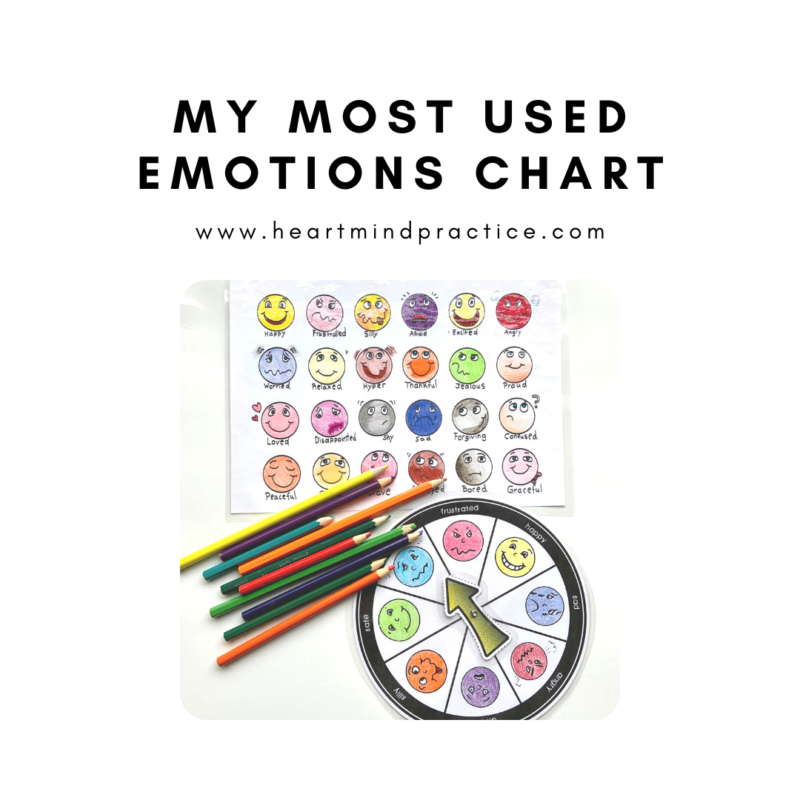When was the last time you blew bubbles? I think the last time I blew bubbles was before the pandemic began. I have a box of bubbles in my desk drawer that have been untouched for the past couple years. It makes me a little sad whenever I see them as it reminds me of a time when we were more carefree.
Little children love bubbles, blowing them, chasing them, popping them, and watching them. Put out bubbles in front of teenagers and you’ll have the same reaction. They become playful and light hearted.
This bubble watching activity is adapted from the book “A Still Quiet Place” by Amy Saltzman, which offers an 8-week mindfulness program to children. She follows the MBSR program by Jon Kabat-Zinn pretty closely but adapted it for young people. I’ve used this book many times in groups for children and youth and overall it’s been pretty well-received.
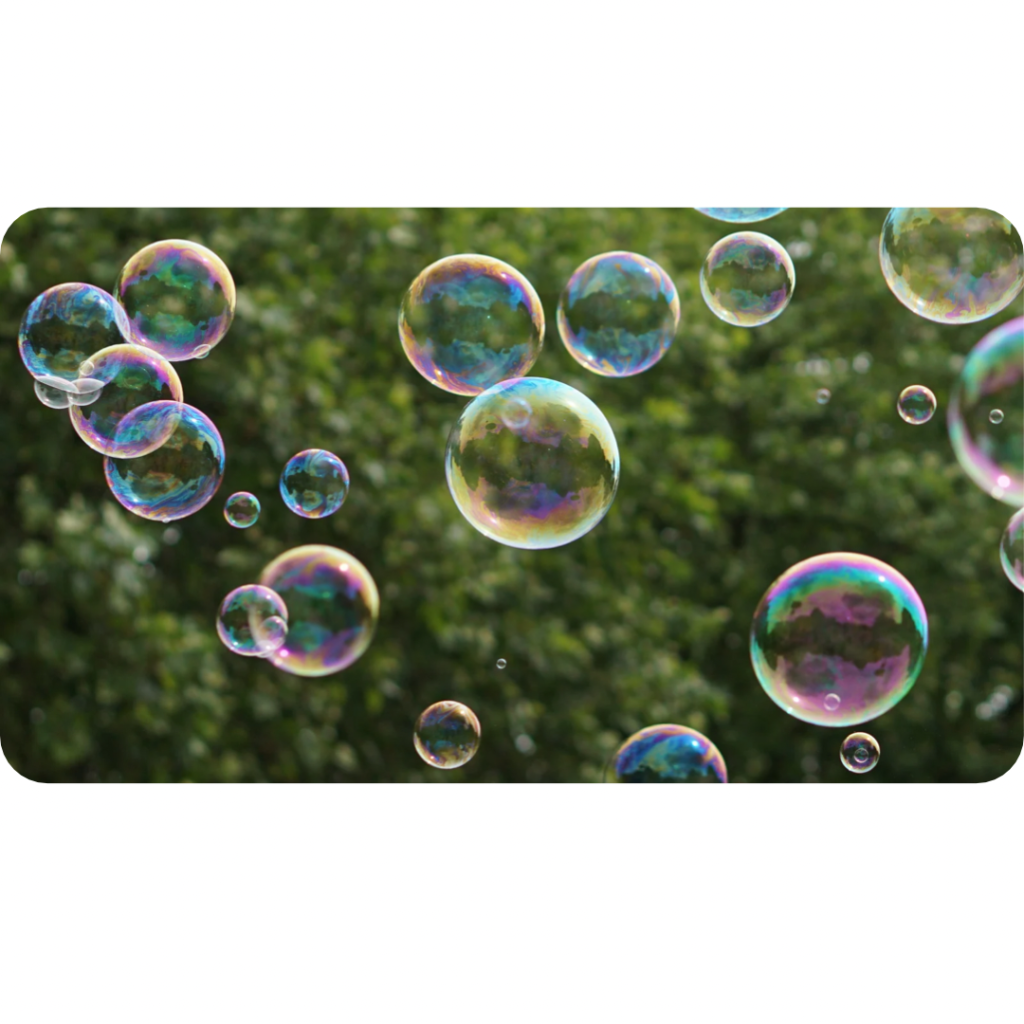
Bubble watching activity:
- Put out bubble containers for each person.
- For the first activity have everyone stand and make sure there’s a lot of free room to move around. Instruct the children or youth to blow the bubbles and also pop all the bubbles as fast as they can. There will be a frenzy of laughter when they are trying to pop the bubbles.
- Next have everyone sit down and take a moment to calm down. Then instruct them to blow the bubbles and simply observe the bubbles until they pop on their own. Do this for about 3-5 minutes.
- Have a discussion about what they noticed when they were popping the bubbles versus observing the bubbles. What did they notice was different? And what different characteristics did they notice about the bubbles?
- Finally compare how these bubbles are like our thought bubbles and have a discussion about how we can practice to step back and observe our thoughts instead of being caught up in them.
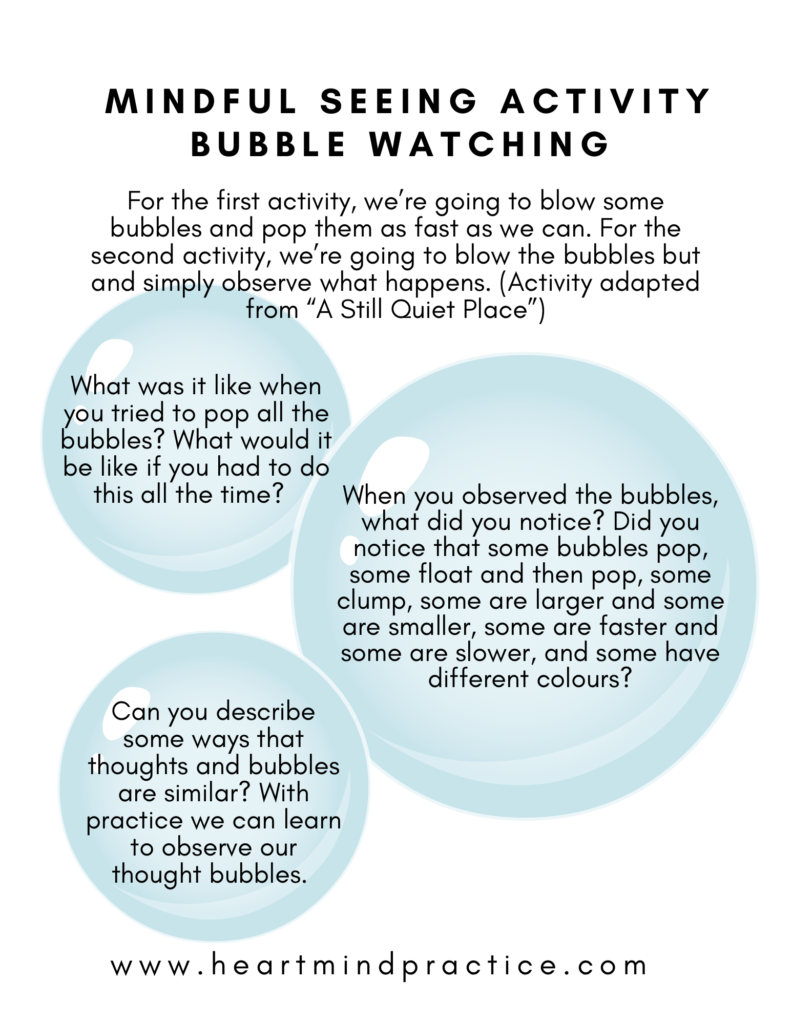
This is a fun and relatable activity to help young people observe their thoughts like they just did with the bubbles. We all have thoughts that we label as positive or negative, good or bad, etc. We have thoughts we don’t like and we try so hard to them push away or get rid of them. Sometimes we over identify with our thoughts and think that if we thought it, it must be true. Taking a step back from our thoughts helps us to observe, describe, and be curious and non-judgemental about them. Will you try to simply observe your thoughts this week?
